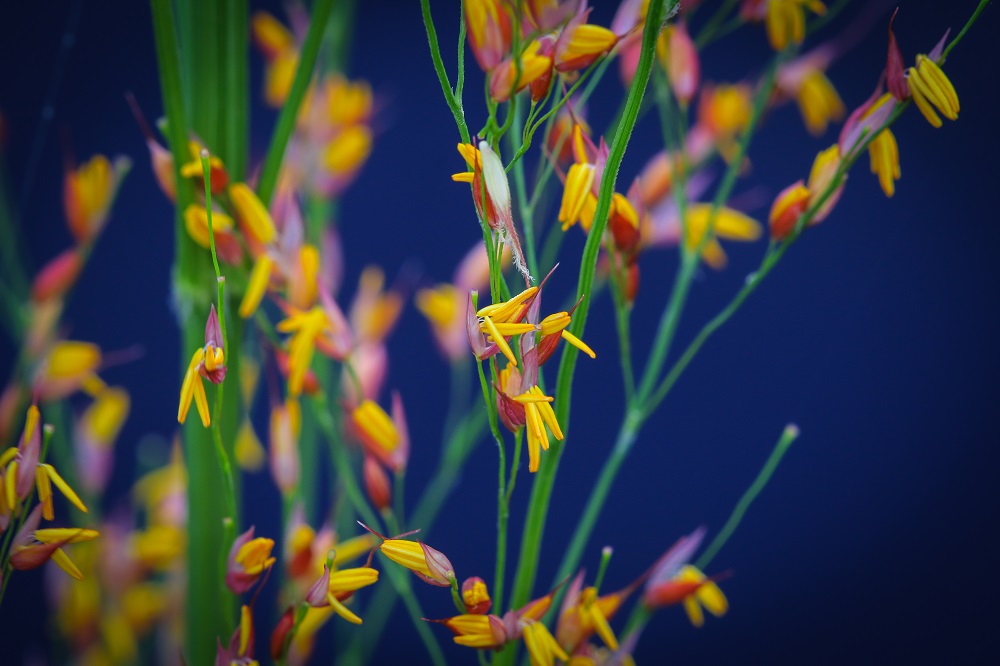
Although the genetic diversity of cultivated rice is already rich, widening its diversity through its wild relatives is significant, as they possess high-value traits that can help breeders make new rice varieties that can stand up to climate change and other challenges.
Rice has wild or undomesticated relatives, called “wild rice,” that are rich repositories of genetic material that can provide tolerance of environmental stresses and help improve yield. Wild rice diversity is considered to be in the periphery of the rice gene pool, with the center being around varieties cultivated from the two main species of rice: Oryza sativa and O. glaberrima. In total, there are 27 species of rice.
Wild rice’s richness in desirable traits, such as pest and disease resistance, is borne out of centuries of surviving in harsh environments— untended and away from human intervention. These important traits have been infused in cultivated varieties to help protect them against pests and diseases that have affected thousands of hectares of rice farms and have caused millions of dollars of damage.
Read more about wild rice:





